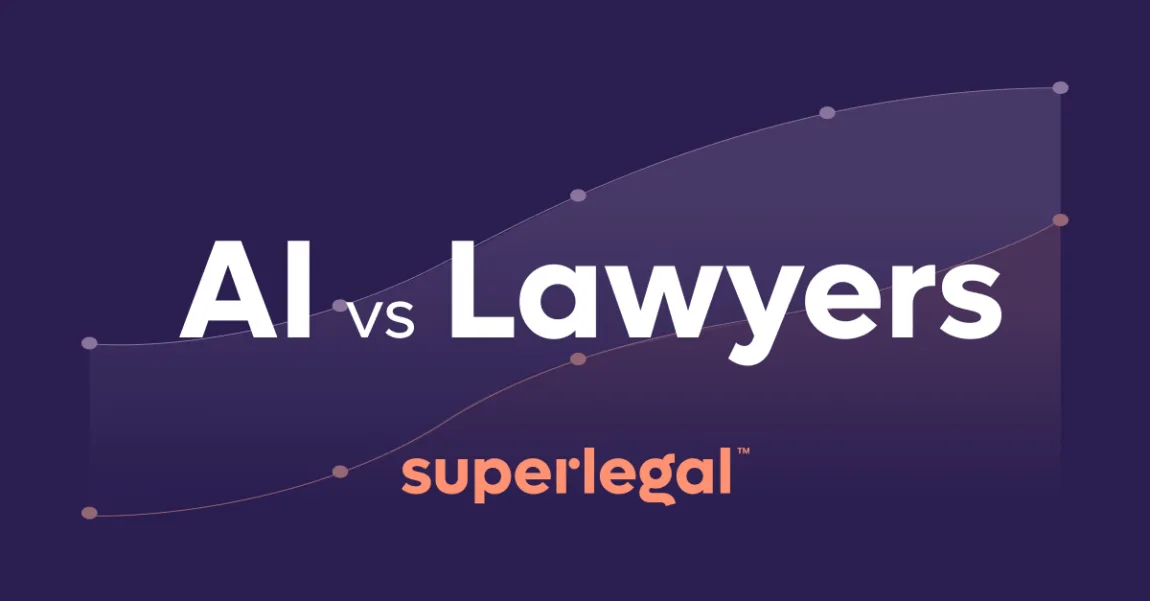In the era of digital transformation, the traditional methods of creating, managing, and executing contracts have evolved significantly. Digital contracting represents a major shift in how businesses and individuals handle agreements, offering numerous advantages over conventional paper-based processes.
This article explores what digital contracting is, its importance, implementation categories, and use cases, providing a comprehensive understanding of this modern approach to managing contracts.
What is Digital Contracting?
Digital contracting refers to the creation, negotiation, signing, and management of contracts through electronic means. It leverages digital tools and technologies to streamline the entire contract lifecycle, from drafting, reviewing and negotiation to execution and storage.
Digital contracts can be created using various formats, including PDF, Word documents, and specialized contract management software. They are signed electronically using e-signature solutions, which are legally recognized in many jurisdictions worldwide.
Digital contracting encompasses several key components:
- Digital drafting. Using software to draft contract terms and conditions.
- Electronic Negotiation. Parties can negotiate terms via email, collaboration tools, or specialized platforms.
- Contract Review. A more accurate and much faster review of contract terms.
- E-signatures. Legally binding electronic signatures replace handwritten signatures.
- Contract management systems. Software solutions that manage the contract lifecycle, including storage, tracking, and compliance.
Why Digital Contracting is Important
The importance of digital contracting cannot be overstated, as it brings a multitude of benefits to businesses and individuals alike.
- Efficiency and speed
Digital contracting significantly reduces the time required to create, review, and finalize contracts. Traditional methods involving physical documents, mail, and in-person meetings are time-consuming and often delay the contracting process. Digital contracts can be drafted, reviewed, negotiated, and signed within hours or days, expediting business operations.
- Cost savings
By eliminating the need for paper, printing, postage, and physical storage, digital contracting reduces costs associated with the traditional contracting process. Additionally, the reduced time to execute contracts translates to faster deal closures and increased revenue opportunities.
- Enhanced security
Digital contracts are more secure than their paper counterparts. Advanced encryption, secure storage, and access controls ensure that only authorized parties can view and modify the contract. E-signature solutions often include authentication mechanisms, providing an additional layer of security.
- Improved accuracy and compliance
Digital contracting reduces the risk of human error and ensures compliance with legal and regulatory requirements. Automated workflows and contract templates help standardize terms and conditions, minimizing the chances of inconsistencies and omissions.
- Environmental impact
Reducing paper usage through digital contracting contributes to environmental sustainability. By adopting digital methods, businesses can significantly lower their carbon footprint.
Implementation of Digital Contracting
Implementing digital contracting involves several steps to ensure a smooth transition from traditional methods.
- Assessment and planning
Begin by assessing the current contracting processes and identifying areas that can benefit from digitization. Develop a clear plan that outlines the goals, objectives, and timeline for implementing digital contracting.
- Choosing the right tools
Select the appropriate digital tools and technologies that align with the organization’s needs. This may include contract review software, e-signature solutions, and collaboration platforms. Consider factors such as ease of use, integration capabilities, security features, and cost.
- Digitizing existing contracts
Convert existing paper contracts into digital formats. This may involve scanning physical documents and importing them into the contract management system. Ensure that all relevant data is accurately captured and stored securely.
- Automating workflows
Automate contract workflows to streamline the entire lifecycle. This includes automated approval processes, notifications, and reminders for key milestones and deadlines. Workflow automation enhances efficiency and reduces the risk of bottlenecks.
- AI-Powered contract reviews
Consider using AI-powered contract reviews that significantly enhance the digital contracting process, enabling businesses to close deals faster, reduce legal costs, and negotiate better terms. With the right platform, contracts can be reviewed and returned as fast as 24 hours, cutting legal costs by up to 90% with transparent and fixed pricing.
In addition, good AI contract reviews are intelligent, data-driven, and market-based, verified by top legal professionals, balancing commercial needs with legal risks, leading to higher close rates and a 70% shorter deal cycle.
- Ensuring legal compliance
Ensure that the digital contracting processes comply with relevant legal and regulatory requirements. This includes adhering to e-signature laws such as the U.S. Electronic Signatures in Global and National Commerce (ESIGN) Act and the European Union’s eIDAS Regulation.
Categories of Agreements Managed Through Digital Contracting
Digital contracting platforms offer the flexibility to manage a wide range of agreements electronically. The following breakdown focuses on the core categories, while specific industry applications will be explored in the use cases section.
- Commercial Agreements
This broad category encompasses various agreements critical for business operations. Examples include:
- Sales Contracts. Agreements outlining the terms of sale between a seller and a buyer, often including details like product specifications, pricing, and payment terms.
- Vendor Agreements. Contracts with suppliers or vendors for the procurement of goods or services, specifying delivery schedules, quality standards, and payment terms.
- Marketing and Partnership Agreements. Collaborative agreements outlining the terms of joint marketing initiatives or partnerships between businesses.
- Non-Disclosure Agreements (NDAs). Legal agreements ensuring the confidentiality of sensitive information shared between parties.
- Employment Contracts
Agreements outlining the terms of employment between an employer and an employee, specifying job responsibilities, compensation, and benefits.
- Service Agreements
These agreements define the scope and expectations for services rendered. Examples include:
- Service Level Agreements (SLAs). Agreements between a service provider and a client outlining the specific service levels expected, including performance metrics and response times.
- Maintenance Agreements. Agreements outlining the terms for ongoing maintenance of equipment or software.
- Intellectual Property Agreements
These agreements govern the ownership and use of intellectual property assets. Examples include:
- Licensing Agreements. Agreements granting permission to use intellectual property (like patents or trademarks) for a specific purpose.
- Assignment Agreements. Agreements transferring ownership rights for intellectual property.
Use Cases of Digital Contracting
Digital contracting is versatile and can be applied across various industries and scenarios. Let’s go over some of the most notable use cases.
- Business-to-business (B2B) agreements. In the B2B space, digital contracting streamlines the negotiation and execution of agreements such as vendor contracts, service level agreements (SLAs), and partnership agreements. Businesses can quickly finalize deals, ensuring that both parties are aligned and operations can proceed without delays.
- Employment contracts. Human Resources departments benefit significantly from digital contracting. Employment contracts, non-disclosure agreements (NDAs), and other HR-related documents can be created, signed, and stored electronically. This not only speeds up the hiring process but also ensures that all legal documentation is securely managed.
- Sales and purchase agreements. Sales teams can use digital contracting to expedite the closing of deals. Sales contracts, purchase orders, and customer agreements can be drafted and signed electronically, reducing the sales cycle and enhancing customer satisfaction. The ability to quickly execute contracts can give businesses a competitive edge.
- Real estate transactions. In the real estate industry, digital contracting simplifies transactions involving property sales, leases, and rental agreements. Buyers, sellers, landlords, and tenants can review and sign contracts remotely, making the process more convenient and efficient. Digital contracts also help ensure compliance with local real estate regulations.
- Legal and compliance agreements. Legal departments and compliance teams can manage a wide range of agreements digitally, including regulatory compliance documents, confidentiality agreements, and intellectual property licenses. Digital contracting ensures that all legal requirements are met and that documents are easily accessible for audits and reviews.
- Healthcare agreements. Healthcare providers can use digital contracting for patient consent forms, insurance agreements, and vendor contracts. The ability to securely manage sensitive patient information and ensure compliance with healthcare regulations such as HIPAA is a critical advantage of digital contracting in this sector.







By entering your email, you agree to our Terms & Conditions and Privacy Policy.